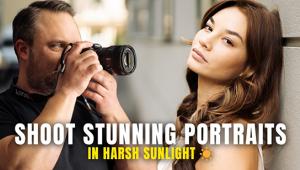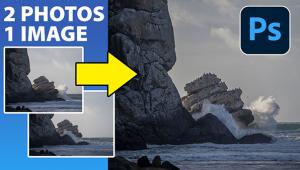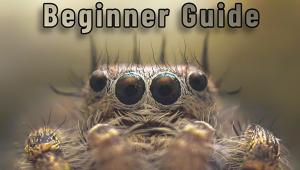Photokina Show Report
Tripods, Lighting, Accessories And Weird Stuff
| In the nature of things,
photographers tend to care more about cameras than about accessories.
It's irrational, really, as most of us buy accessories more often
than we buy cameras, but then, who said that photographers are fully
rational? For further information, visit the authors website at: www.rogerandfrances.com. Manufacturers/Distributors |
|
| W. Aberl
(Super-Stativ-Caddy) alf service srl Atelier Systems Ltd.
(Profoto) Balcar S.A. Bilora-Kuerbi-Otto Toennes
GmbH Bogen Photo Corp. (Gitzo,
Manfrotto) Briese Lichttechnik, Bromwell Marketing (Brom
tripods) Calumet Photographic
Products (Novoflex) Chimera China Film Equipment
Corporation Cosmolight s.r.l. Grigull GmbH+Co. Hakuba USA Inc. Hensel Studiotechnik HP Marketing Corp (Giotto's) Jin Hui (Yuyao Jinhui
Electronic Co Ltd) Kaiser Fototechnic Div.
HP Marketing Corp. Kood International Limited Ko Yong Photo Co Ltd Lee Filters Lumedyne, Inc. |
Lupo s.n.c. MAK Pacific, Inc. (Rowi) Mamiya America Multiblitz My Systems Co Ltd. Nestle and Fischer GmbH
& Co. KG Chris Nisperos Photoflex Photo Know How, P.K.
S.r.l. Quantum Instruments Inc. Richter Studiogeraete
GmbH R.T.S. Inc. Sinar Bron Imaging Systems Imaging Ltd. ToCAD America Inc. (Slik) Unomat GmbH & Co.
KG Velbon Westcott Wolf-Messtechnik GmbH Yong Jiang Photo &
Video |

































